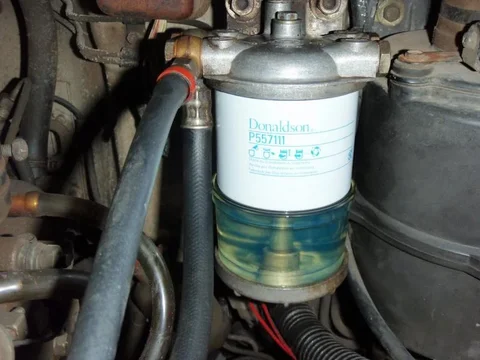I just changed the diesel filter on my BJ42 yesterday.
PO wrote the date when he changed the filter on the canister and that was almost 10 years ago!!!
Look at the pictures and tell me what do you think. Too bad, OMG the worst I have ever saw, just normal condition...
I always heard about diesel bug, fungus, rust etc. I think I can see some rust and something else that might be some fungus???
Enjoy
PS: I changed for a Mahle KC5, fitted good and is working just nice.



PO wrote the date when he changed the filter on the canister and that was almost 10 years ago!!!
Look at the pictures and tell me what do you think. Too bad, OMG the worst I have ever saw, just normal condition...
I always heard about diesel bug, fungus, rust etc. I think I can see some rust and something else that might be some fungus???
Enjoy

PS: I changed for a Mahle KC5, fitted good and is working just nice.










